Art Nouveau icon Alfons Mucha was born 160 years ago on July 24, 1860, in Ivančice, South Moravia.
Worldwide, he is best known for his advertising posters for French actress Sarah Bernhardt as well as for products like JOB rolling papers, Moët & Chandon champagne, and even rail travel.
His work also had a more serious side, such as his 20-painting Slav Epic (Slovanská epopej), which took almost 20 years to complete. The large paintings, made between 1910 and ’28, depict the mythology and history of the Slavic peoples.
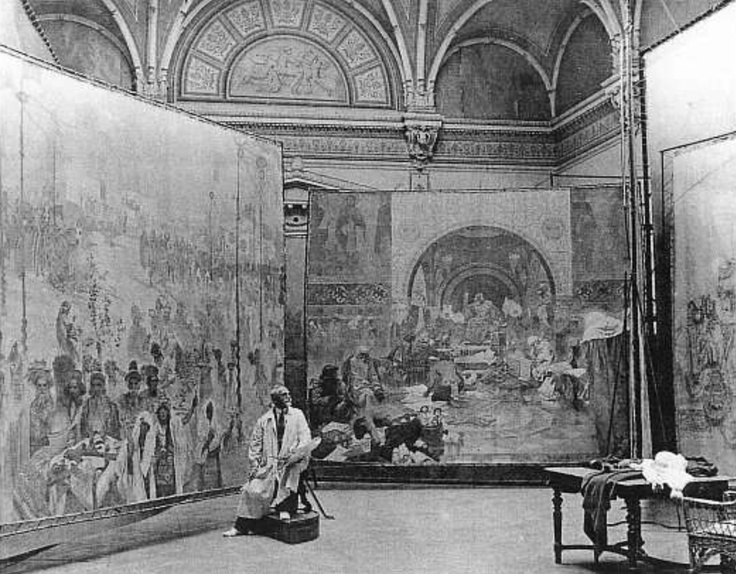
“His gargantuan cycle, the Slav Epic, was a labor of love but also a way to overcome his early start in chocolate and champagne advertisements,” art historian Bonita Rhoads, co-founder of tour company Insight Cities, told Expats.cz.
Mucha himself saw the cycle as his ultimate achievement. “I will be able to do something really good, not just for the art critic but for our Slav souls,” he once said.
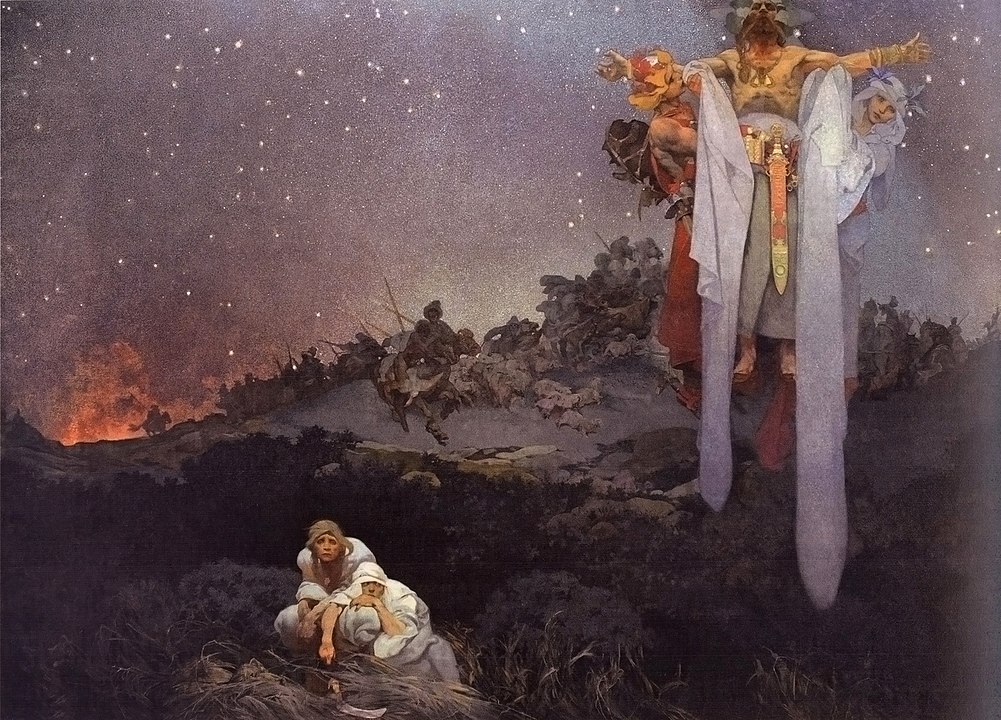
Ownership of the paintings has been the subject of several legal battles. Currently, they are not on display, but should eventually be back in Prague when a suitable venue is ready.
Mucha wasn’t just a follower of the latest fashions. “It is interesting that Art Nouveau actually had several names in France before it was called Art Nouveau, and one of its French names was ‘Style Mucha.’ That shows you what a pioneer of this avant-garde he truly was —so much so that we are justified in wondering if Art Nouveau actually comes home to Prague with Mucha rather than seeing it as a borrowed avant-garde from France,” Rhoads said.
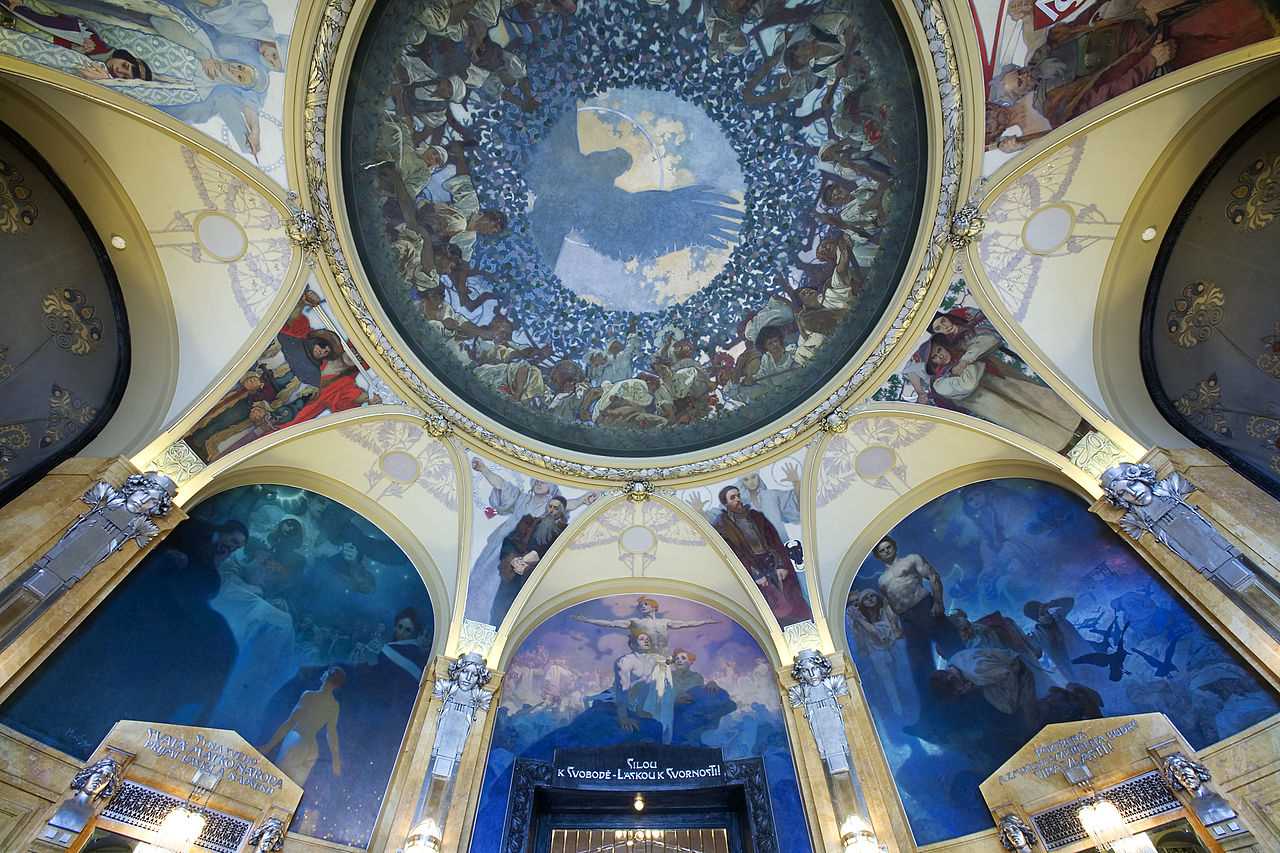
The style had a large impact that can be seen across Prague. “Art Nouveau is ultimately the major decorative style for the rebuilding of urban Prague at the turn of the [19th to 20th] century. Prague at 1900 expanded in neighborhoods that are primarily done in the Art Nouveau buildings of Josefov, Nové Město, Vinohrady, Letná, Anděl, and the river banks,” Rhoads said.
Insight Cities has a tour of Art Nouveau buildings in the center of Prague, including a brief look at Obecní dům where Mucha was among the many artists who contributed to the décor.
Obecní dům is closely associated with the establishment of Czechoslovakia’s First Republic in 1918, and much of Mucha’s work when he was back in what is now the Czech Republic had patriotic overtones. Mucha contributed a stained glass window to St Vitus’ Cathedral at Prague Castle.
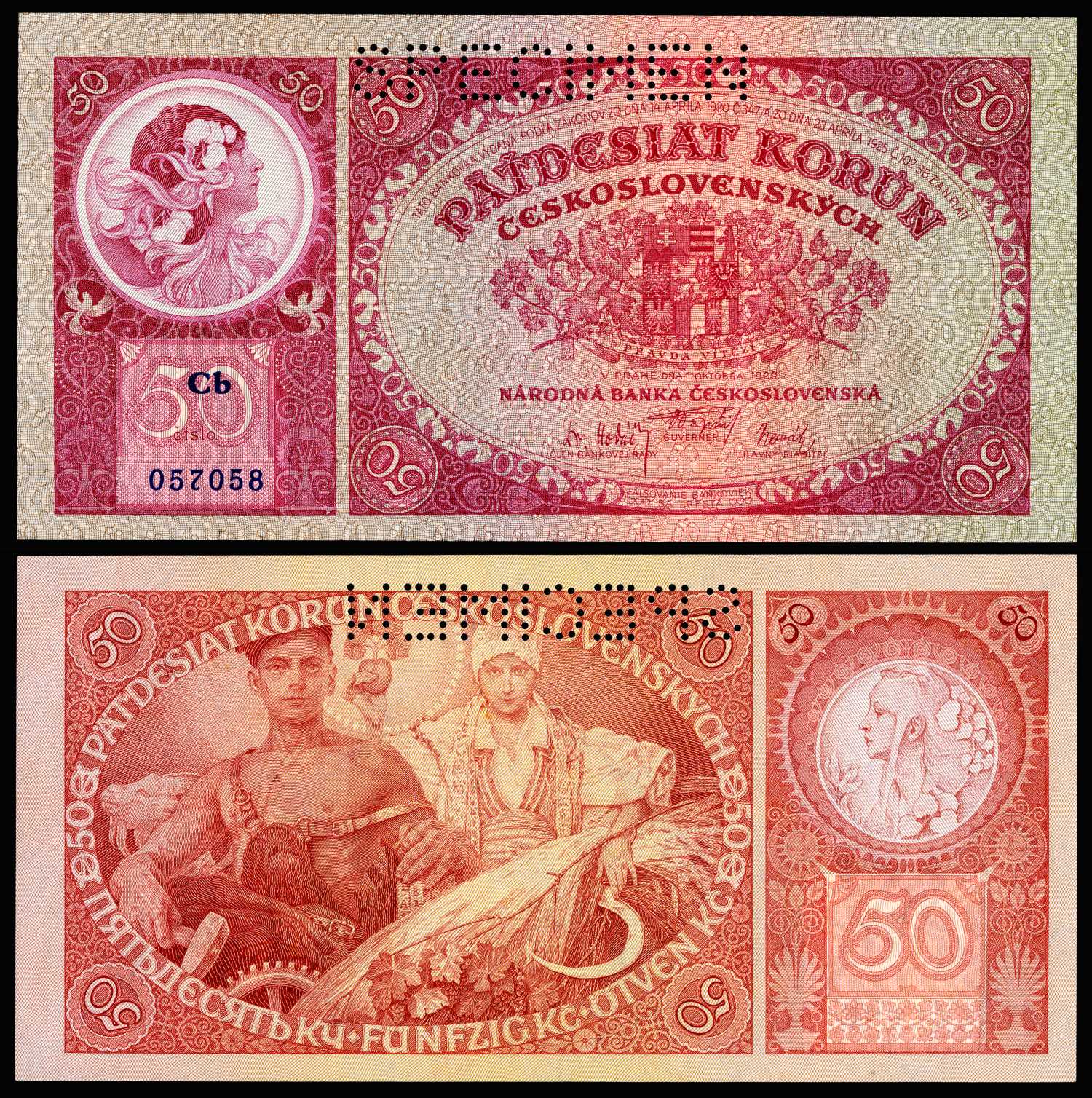
He also designed some of the first banknotes and stamps for the new Czechoslovakia and designed a state coat of arms that was in use until 1961 on government forms.
“The [stained glass] window, as well as the Slav Epic, certainly show off his devotion to the Pan-Slavic movement that began in the 19th century and that was part of the ideology that could bring the Czech and Slovak people together in a newly drawn country in the early 20th century,” Rhoads said.
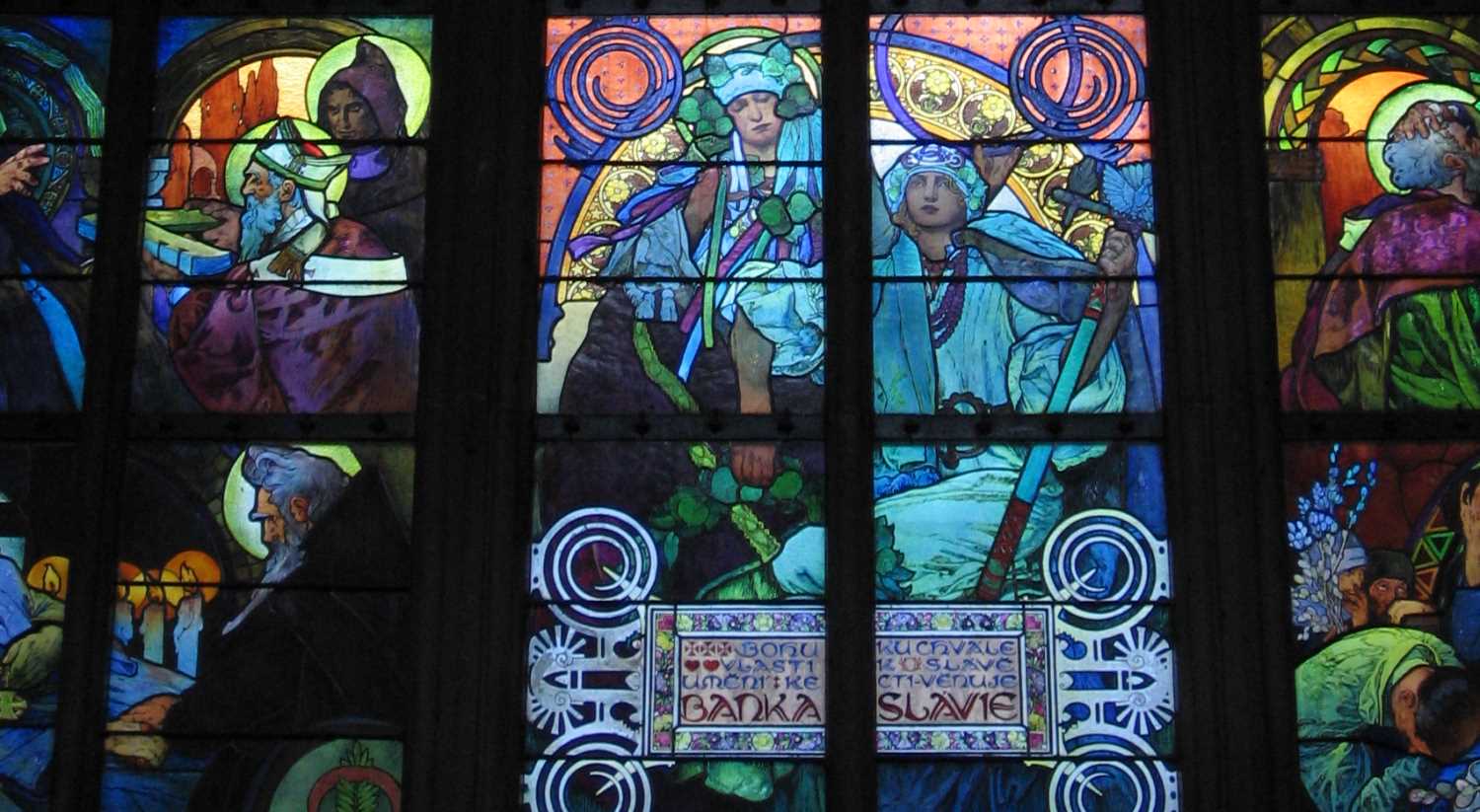
But Mucha did first find fame in France, and with commercial art, before returning to his homeland to pursue more high-minded ventures.
“I think it’s really important to realize that the relationship that Mucha established with the great French stage diva, the actress Sarah Bernhardt, was the formative relationship that transformed his career. He was a successful commercial artist and graphic artist but not the international celebrity that he became until his astonishing theater posters of Bernhardt made him an overnight sensation. Parisians were stealing the first poster, Gismonda, from the streets to take it home,” Rhoads said.
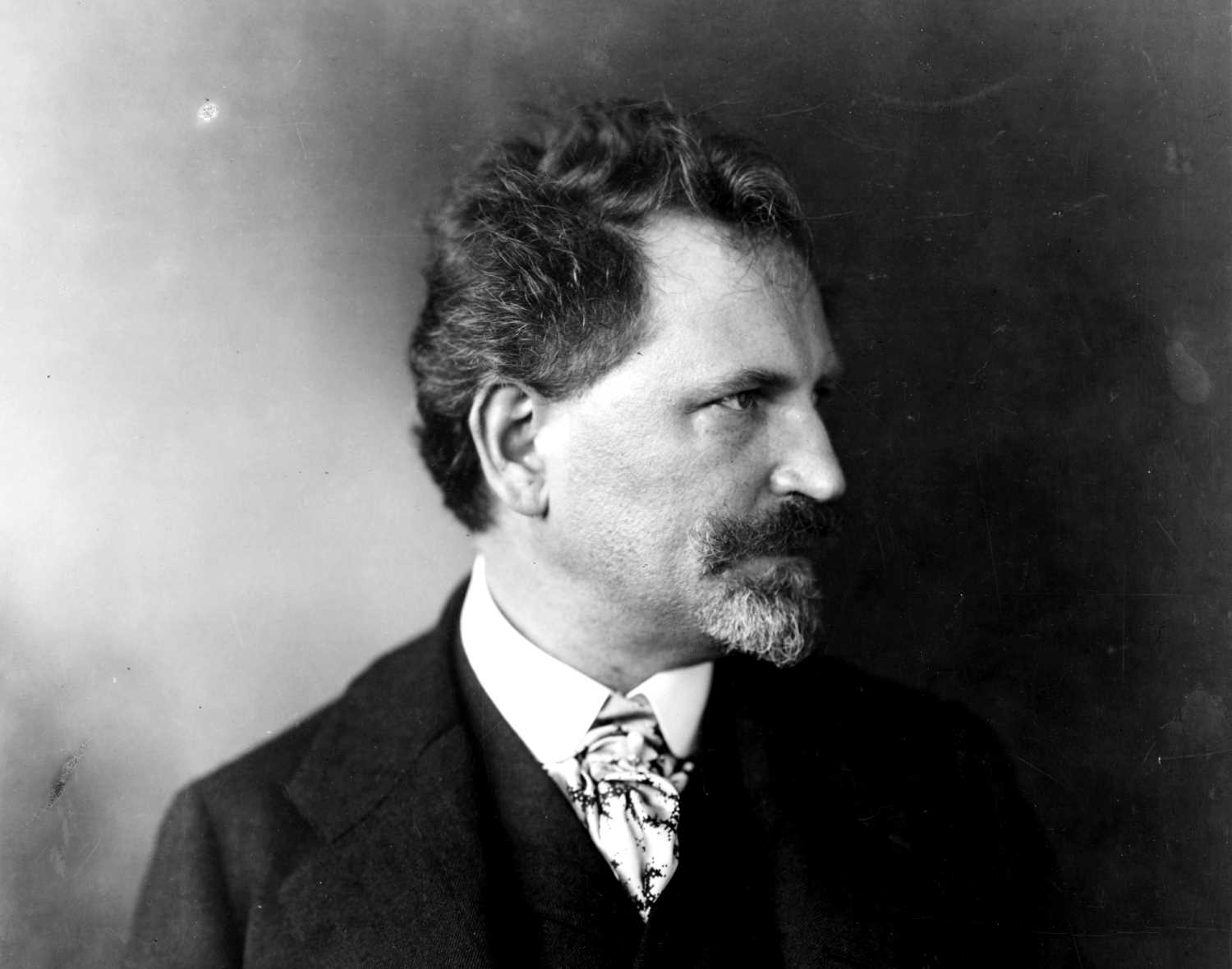
While Mucha’s style was new, it did have some sources. “If you look carefully at Mucha’s posters of Bernhardt (indeed his depictions of all women), they are clearly derived from traditional Japanese woodcuts of geishas. Like the geisha, the Mucha woman is all about posture and costume and curvilinear, excessive graphic design, usually with nature motifs since the Art Nouveau style is linked to organic, floral forms. Like many other European artists of the turn-of-century, Mucha was deeply influenced by Asian art,” Rhoads added.
When the Slav Epic was shown in Japan in 2017, it drew record crowds. “I thought that Mucha was probably overjoyed from his spot in the afterlife. It was fascinating to consider that many of those art fans in Tokyo can instantly recognize the Japanese art influence on Mucha’s imagery in a way lost on his Czech countrymen and European fans,” Rhoads said.
Mucha died July 14, 1939, and is buried in Slavín, a tomb at the Vyšehrad Cemetery in Prague reserved for notable Czech personalities. His art was condemned by the Nazis, who occupied Bohemia during World War II, for its promotion of Slavic ideals.
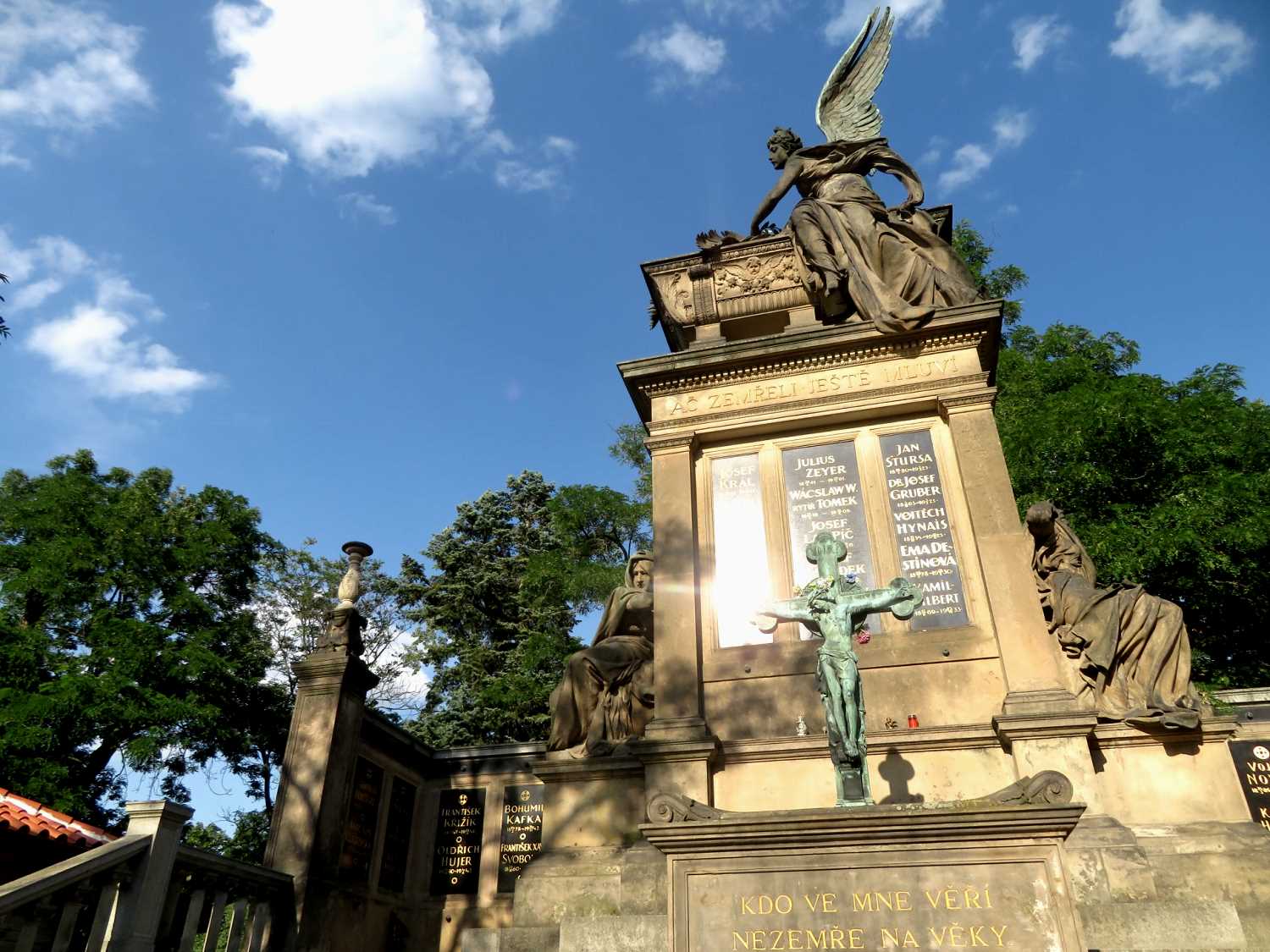
“I think it is quite touching that Mucha’s patriotism was so well-known that even though he was 79 years old when the Nazis invaded Prague in 1939, he was one of the first people to be interrogated by the Gestapo. And it probably killed him. He died of pneumonia a few months after that interrogation. One legacy Mucha has is his devotion to the Czech nation, his ability to popularize Czech nationalist aspirations from his position as a celebrity artist with international reach. At the end he saw his art as a service to his nationalist ideals,” Rhoads said.
After World War II, his art was also frowned upon for being bourgeois. This led to the Slav Epic being hidden away for many years in the town of Moravský Krumlov.
People interested in seeing more of Mucha’s art can visit the Mucha Museum, run by the Mucha Foundation, at Panská 7 in Prague 1.
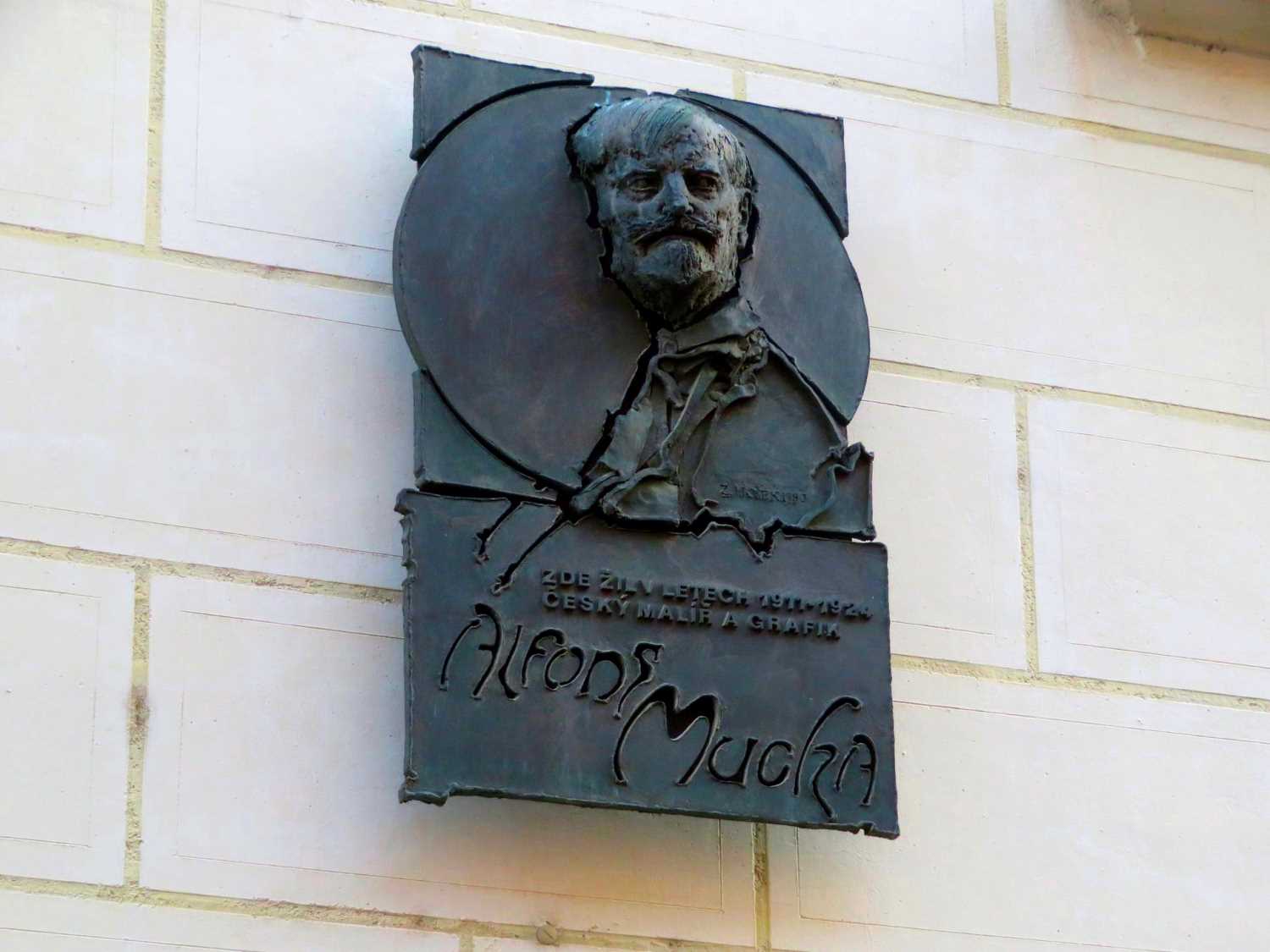
There is a metal plaque with Mucha’s bust in Malá Strana at Thunovská 25 (Palác pánů z Hradce), where he lived from 1911 to ’24. The building itself, on a dead-end part of the street, is in bad disrepair and not open to the public.
There is an easy way to get a piece of Mucha’s art. His 10 Kčs, 50 Kčs, 100 Kčs, and 500 Kčs banknotes and various denomination stamps from the First Republic era can often be found in shops for collectors. They are a bit pricey compared to other notes and stamps from the same era but are technically original artworks.
A film about Mucha’s life called Mucha: The Story of an Artist who Created a Style(Svět podle Muchy) was set to have been released at the end of April but was delayed due to the coronavirus. It will premiere in cinemas on October 1.
The artist’s granddaughter, Jarmila Mucha Plocková, has a shop at Maiselova 5 in Prague 1, with items inspired by her grandfather’s style.












 Reading time: 5 minutes
Reading time: 5 minutes 




























